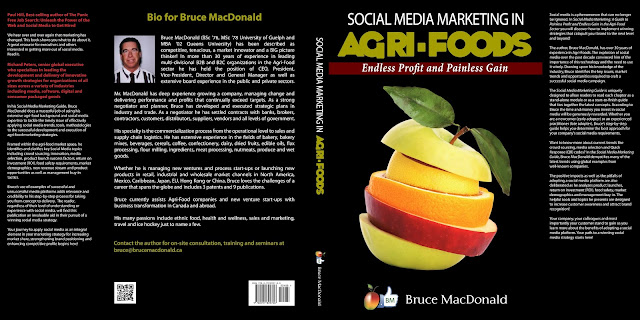Tea consolidates a decade of gains, is ready for more
Tea is poised to expand after a flat 2013, thanks to new blends and a probable popularity upswing among younger consumers.

The year 2014 could be breakout for teas - due to product innovation, display space opening in supermarkets, more evidence of health benefits, and a major expansion and marketing push of Teavana tea bars by Starbucks that could add cachet.
Expect tea to be more visible on supermarket shelves this year – as a food ingredient as well as a beverage. Already used in ice creams and baked goods, tea should soon be integrated in main dishes and cocktails. U.S. consumers could well adopt and personalize this trend while cooking at home: they could use tea to smoke fish or poultry, make syrups or soak dried fruit,suggests the BBC, which posts more than 1,000 recipes for meals, snacks, deserts and drinks with tea on its website.
Also, the emergence of vegetable teas could create a new supermarket category. Their wholesome ingredients retain the wellness aspect of tea, and their new flavor blends and consistency could lead to new eating occasions with meals, snacks or on their own. Supermarket buyers thirsty for what’s next in the beverage aisle in lieu of carbonated soft drinks now have vegetable teas to display in CSD’s vacated space, as well as in the permanent tea and soup areas.
More innovation: other tea brands include bits of fruit or chocolate within tea bags.
If tea becomes hip among Millennials partly because of the Teavana push, that could provide a nice tailwind for tea sales for at-home consumption. Forbes reported that Starbucks expects to open 1,000 Teavana tea bars to its current roster of about 300 over the next five years. Teavana until now has sold loose-leaf tea and tea-related merchandise, but the serving of $4.95 hot cups of tea plus food is already underway.
F3 thinks a slow rollout of Teavana is the right call for now, since tea varieties are infinitely broader than coffee varieties, and the chain is bound to encounter operational challenges in satisfying customers. A couple of refinements already evident, according to Fast Company: customers order their tea beverages first before they see food displays. And redesigned cups and lids (vs. the Starbucks coffee cup) enhance the tea drinking experience.
Most of the tea consumed today is ready-to-drink iced tea – 85%, says the Tea Association of the U.S.A. - designed to appeal to younger consumers. Ready-to-drink volume has grown 15-fold over the past decade to top $4.8 billion in 2012 and continue the trend in 2013.
The trade group’s latest figures also show:
- On any given day, 158 million Americans drink tea – about 79 billion servings in the course of a year.
- Nearly two-thirds of brewed tea in the U.S. is prepared using tea bags.
- Loose tea is growing in popularity; instant tea is declining.
- Total tea sales have grown 16% over the past five years. In supermarkets alone, dollar sales have exceeded $2.25 billion.
According to Nielsen, tea dollar sales in all outlets combined (including convenience stores) for the 52 weeks ended November 23, 2013 rose 0.7% to $5.74 billion, on a 0.5% unit decline. These figures are for prepackaged, UPC-coded products only.
The book is available on Amazon and Kindle for $4.99 USD. Visit amazon/Kindle to order now:
http://www.amazon.ca/Social-Media-Marketing-Agri-Foods-ebook/dp/B00C42OB3E/ref=sr_1_1?s=digital-text&ie=UTF8&qid=1364756966&sr=1-1
Thanks for taking the time

No comments:
Post a Comment